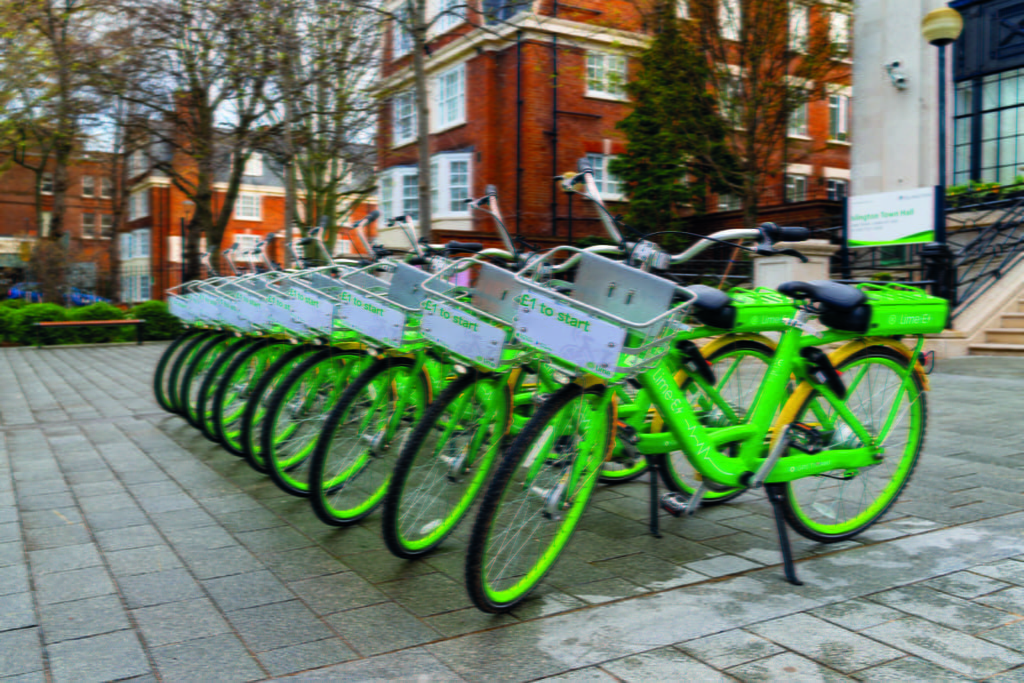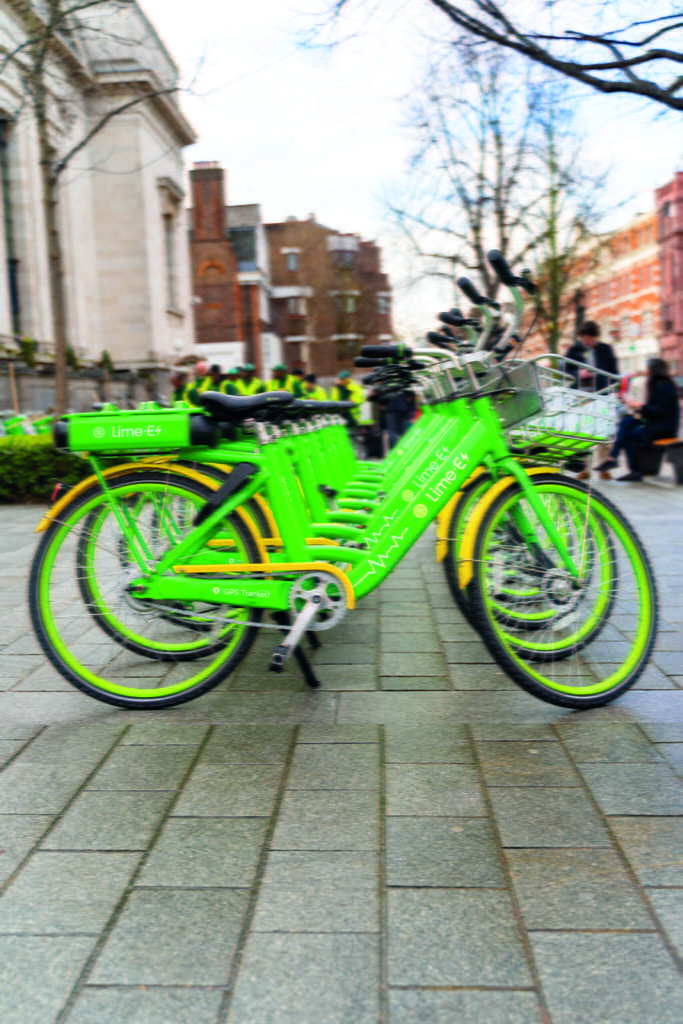The fruits of our labour
Why urban mobility is important to the future of cities, by Jaanaki Momaya
The past few years have seen an urban mobility boom in cities around the world looking to offer choice to their citizens. Technological advancements have accelerated mobility alternatives offering convenience and immediacy, and are challenging the urban mobility landscape for the better. Many of these solutions are key to the future development of cities. For the first time in human history, over 75% of the European population are living in cities and this is expected to grow to 80% by 2050. As cities continue to expand and city populations continue to grow, mobility will become even more vital to the quality of life for residents. Issues such as population density, congestion, pollution and sustainability are causing a headache for cities that may be alleviated by innovative urban mobility options.
This has all happened over the past decade. While cities were continuing to improve local public transport offerings, including underground trains, buses and trams, a gap in the market still existed; one between public and private transport. On top of this, people today are demanding more sustainable, healthy, convenient and digitally friendly solutions.
STIMULATING THE NEW URBAN LIFESTYLE
A key driver has been the rise of the sharing economy. Responsible for introducing the concept of sharing goods, services and property, the younger generation have been quick to adopt the new trend of owning less and sharing more. From home lending, reselling, talent-sharing to coworking, peer-to-peer lending and ridesharing, the sharing economy has allowed companies to take this a step further and develop a new concept of ‘shared mobility’. This in turn has shaped the idea of ‘urban mobility’ into the term frequently used today to refer to the new generation of alternative transport solutions designed specifically for urban life.
This shift towards urban mobility has also been influenced by the digital economy; effectively using data is a vital component for companies looking to innovate their industries. By building upon a foundation of big data, companies can now provide efficient services and products that are tailored to what people want and when they want them. Both the sharing and digital economies have grown successfully by catering their services, goods and platforms towards what consumers want and this will be critical for urban mobility brands looking to shape the cities of the future
MEETING THE DEMANDS OF THE NEXT GENERATION
Changes in consumer attitude have paved the way for the growth of urban mobility solutions. Consumers are now more open than ever to the idea of sharing, whether it be using coworking spaces, sharing and renting homes, or even sharing tools with neighbours via apps. This is now translating into urban mobility with city residents willing to rideshare, carpool or use shared vehicles like bikes or scooters to get to where they need to go.
The pace of city living has also meant that consumers are now prioritising convenience and immediacy in order to maintain their modern lifestyles. Because of this, more companies are being forced to provide quick, on-demand services that cater to customer wants and needs feeding the success of many urban mobility brands who are providing convenient, quick and low-cost options where traditional transport cannot.

Lime e-bikes are just one of many urban mobility options
CREATING NEW URBAN OPTIMISM
As cities continue to grow, the ‘urban optimist’ movement is being propelled forward with more people choosing to support alternative urban mobility solutions that tackle issues such as congestion, affordability, pollution and sustainability. Residents are consciously choosing to consider their personal impact on their city and how they can help create a home that offers a high quality of life; this includes cutting down on the use of private cars and lorries, campaigning for better cycling and pedestrian infrastructure and advocating the use of light, electric vehicles such as dockless bikes.
Whereas owning a car was previously a mark of status and symbolised freedom and access, people are now choosing to value convenience and affordability. A car is no longer a necessity and to avoid the high costs of purchasing and maintaining a car, as well as insurance and parking, people are choosing to become urban optimists with affordable, sustainable mobility options in their cities.
SOLVING URBAN CHALLENGES
Cities across the globe all have similar issues of congestion and population density, with authorities trying to find innovative and transformative solutions to becoming a ‘smart city’. One of the key requirements is ensuring there are efficient and sustainable mobility options that support the needs of residents; many experts emphasise that affordable and easy access to working and leisure activities is important to improving quality of life.
Quality of life is also heavily linked to the serious global issue of city pollution levels, with many in the industry seeing urban mobility as a vital component in helping cities to reduce emission levels and improve air quality. Congestion is a significant issue to cities looking to lower these pollution levels; large numbers of cars, lorries and buses are sitting idle in long traffic queues and emitting huge quantities of dangerous air pollutants.
With more studies highlighting the consequential serious health risk to residents, cities must address the issue now and work collaboratively with urban mobility brands to find emission-free solutions. Cutting down on the number of private cars used in cities is a progressive step but it is difficult to implement a full ban. Urban mobility companies should actively work together with policymakers and industry leaders to figure out a solution to integrating new mobility alternatives into the existing transport ecosystem in a city. Not only can urban mobility companies offer carbon-neutral transport alternatives, but they can also help ease over-use of public transport, creating a city transport system that runs smoothly.
LOOKING FORWARD
The urban mobility options we see today are only just the beginning. Technology will continue to innovate the transport and mobility scene and influence how cities continue to grow and develop with them. With younger generations - and others - willing to embrace the benefits of urban mobility solutions, it’s clear cities need to adopt this innovative approach to mobility and consider how they can work with companies to ensure cities become smarter, fighting against issues such as congestion and pollution. Prioritising the development of urban mobility will only positively shape the cities of the future - it’s an exciting space to watch.
FYI
